Description
What is Omnidirectional 433MHz High-gain Antenna 12dBi?
The 12dBi 433Mhz High-gain Antenna waterproof antenna CTRF-ANTENNA-FRP-0433-381800-NK Omnidirectional Outdoor Antenna comes with an N female connector and 433MHz High-gain Antenna frequency 12dBi fiberglass antenna manufactured by C&T RF Antennas Inc for the ISM band, Lora band, and for the IoT, M2M industries.
C&T RF Antennas Inc provides internal & external antennas with the antenna radio frequencies such as NFC, 169MHz, 230MHz, 315MHz, 433MHz, 868MHz, 915MHz, VHF&UHF, Lora, NB-IoT, ADS-B, GSM, GNSS, Wifi 2.4GHz, 5.8GHz, Cellular 2G 3G 4G LTE, GPS, 5G NR, etc.
C&T RF Antennas Inc. provides RF antennae with Omni & Directional antenna types such as Dipole Antennas, Whip Antennas, Marine Antennas, Router Antennas, MIMO Antennas, Combo Antennas, PCB Antennas, FPC Antennas, Spring Antennas, Magnetic Antennas, Sector Antennas, Yagi Antennas, and Accessories, etc, for IoT & M2M industries.
Please contact us for more details on the 12dBi Omnidirectional 433MHz High-gain Antenna such as 12dBi 433MHz High-gain Antenna datasheet, 12dBi 433MHz High-gain Antenna pricing, 12dBi 433MHz High-gain Antenna inventory, or the other 433MHz High-gain Antenna types, thank you.
Omnidirectional Outdoor Antenna 433MHz High-gain Antenna 12dBi Specifications
| Omnidirectional Outdoor Antenna 433MHz High-gain Antenna 12dBi Features:
Low-Profile Low V.S.W.R Low Loss Design High Gain High Efficiency High Sensitivity UV-Proof Water Proof Sturdy Durable Anticorrosive Anti-interference Good Impact Resistance Full-Day Working Optimized Dimensions |
Item: CTRF-ANTENNA-FRP-0433-381800-NK
Product Name: Omnidirectional Outdoor Antenna 433MHz High-gain Antenna 12dBi 433MHz High-gain Antenna Specifications: Frequency: 433±15MHz Gain: 12±dBi H-Beam width: 360° V-Beam width: 16°±3° V.S.W.R: ≤1.5 Connector: N Female Polarization: Vertical Dimension: Φ38*1800mm Storage Temperature Range: -40~+85°C Working Temperature Range: -40~+85°C |
| High-gain Antenna 12dBi 433 MHz Omni Antenna Electrical Specifications | |
| RF Antenna Type | Fiberglass Antenna |
| Model | CTRF-ANTENNA-FB-0433-381800-NK |
| Frequency Range | 433MHz |
| Gain | 12dBi |
| VSWR | ≤2.0 |
| Impedance | 50 Ω |
| Polarization | Vertical |
| Directional | Omni-directional |
| Connector | N-type Male |
| Max Power | 50W |
| Lightning Protection | DC-Ground |
| High-gain Antenna 12dBi 433 MHz Omni Antenna Mechanical Specifications | |
| Dimension | 38*1800mm |
| Weight | Approx. 4KG |
| Radome Material | Fiberglass |
| Operation Temperature | -20˚C ~ +85˚C |
| Storage Temperature | -40˚C ~ +85˚C |
| Color | White |
| Antenna Design | Dipole Array |
| Mounting | Screw/Pole |
| Safety Emission and other | RoHS Compliant |
| Applications | Public Safety/LMR/P25/TETRA, ISM/SCADA/Utilities, RFID, IoT/NB-IoT/LoRa, etc |
Omnidirectional 12dBi 433MHz High-gain Antenna Features
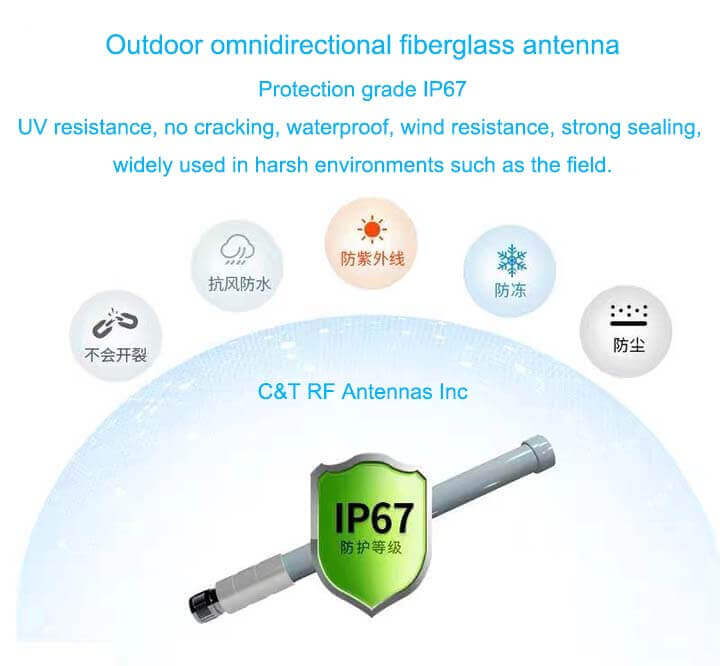
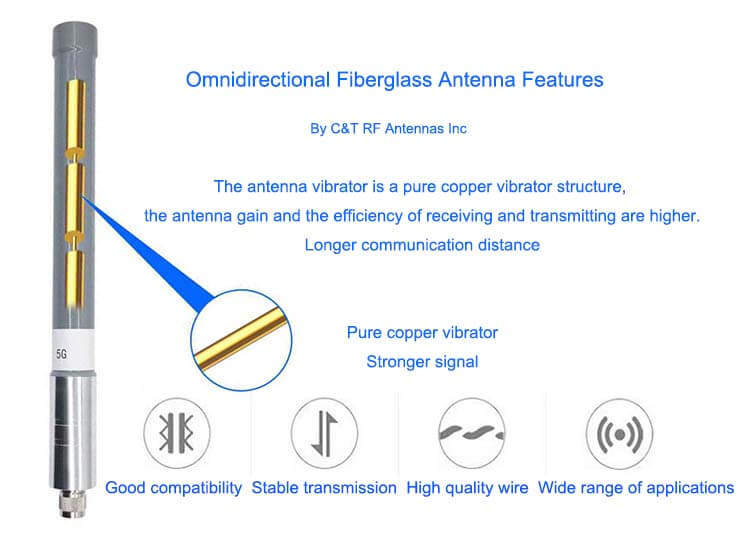
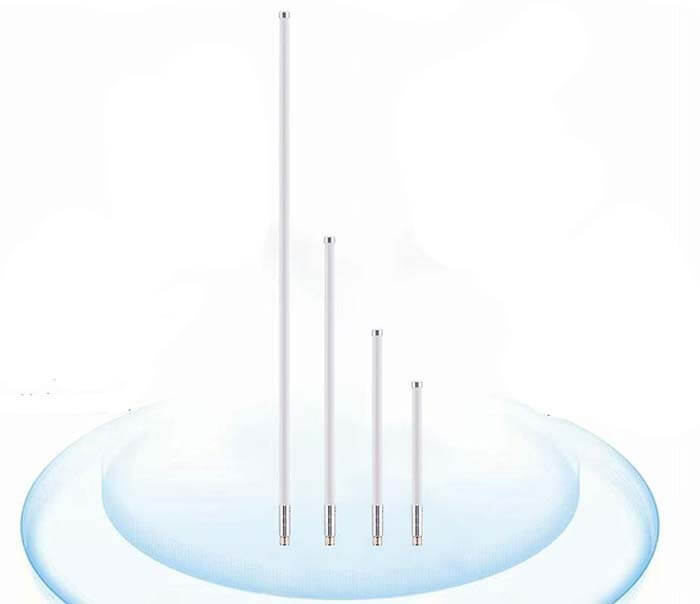
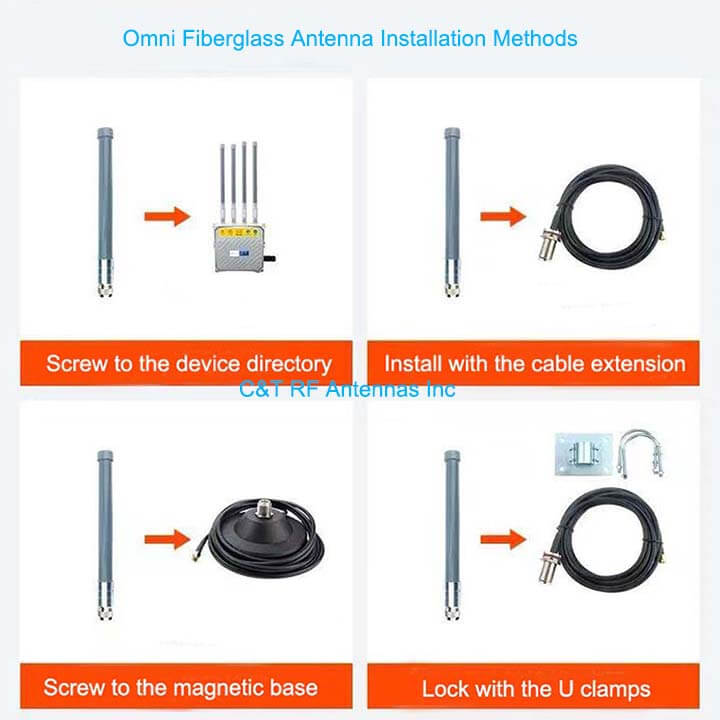

433MHz High-gain Antenna Applications

The difference between LoRa and LoRaWAN
In general, LoRa only contains link layer protocols, and is very suitable for P2P communication between nodes; at the same time, the LoRa module is also a bit cheaper than LoRaWAN;
LoRaWAN also contains the network layer, so information can be sent to any base station connected to the cloud platform. Just connect the correct antenna to its socket, and the LoRaWAN module can work at different frequencies.
What is LoRa
Although LoRa is often misused to describe the entire LPWAN communication system, strictly speaking, LoRa is a proprietary modulation format owned by Semtech. The SX1272 and SX1276 LoRa chips use a modulation technique called chirp spread spectrum (CSS) to form the physical layer (PHY) of the technology stack.
Lora has two different protocol stacks: LoRaWAN and Symphony Link. Symphony Link is suitable for industrial and enterprise users who need advanced functions. LoRaWAN is suitable for mobile networks based on LoRaWAN and has developed relatively fast in Europe.
The Low Power Wide Area Network (LPWAN) is expected to support the billions of devices predicted by the Internet of Things.
The entire system consists of many components. The physical (PHY) layer defines the electrical specifications for data transmission at the hardware level. The data link layer is responsible for detecting changes in the PHY layer and establishing a protocol for sending data.
What is LoRaWAN
LoRaWAN is an open standard, which defines the communication protocol of LPWAN technology based on the LoRa chip. LoRaWAN defines media access control (MAC) at the data link layer and is maintained by the LoRa Alliance.
This distinction between LoRa and LoRaWAN is important because other companies such as Link Labs use a proprietary MAC layer on top of the LoRa chip to create a better hybrid design called Symphony Link in the Link Labs case.
LoRaWAN is a media access control (MAC) layer protocol designed for large public networks with a single operator. It is constructed using Semtech’s LoRa modulation scheme, which specifically involves the following aspects:
Use LoRa to build a public network
You may have learned that LoRaWAN is not suitable for private network solutions, and it is indeed more suitable for public-wide area networks. The fundamental reason is that in LoRaWAN, all channels are tuned to the same frequency, and it is better to have only one network operation in a single area to avoid collision problems.
Since all gateways in the network are bound to the same server, it is the server’s job to determine which gateway should respond to the transmission. In large networks, any given transmission is usually received by multiple receivers, and then the server notifies one gateway to respond, and other gateways ignore the transmission.
This process helps to avoid downlink and uplink conflicts because a single gateway is transmitting and overlapping gateways can simply listen for other transmissions.
In addition, you can set up specific channels for specific purposes through the LoRa Alliance. Network operators can also limit the number of downlinks in their network from the server side to ensure that low-priority endpoints do not “clog” the network due to downlink traffic.
Another challenge faced in specific applications is that LoRaWAN is mainly a data link (MAC) layer (OSI layer 2), with only some elements of the network layer (OSI layer 3).
Although this provides a lot of flexibility for the application, it gives the application developer a considerable amount of work to provide a complete product. This includes packetization, downlink control, multicast, etc.
How does LoRaWAN work
At the most basic level, wireless protocols like LoRaWAN are fairly simple. LoRaWAN is a star or star-to-star topology. Because of its advantages in maintaining battery power and increasing communication range, it is generally considered to be better than a mesh network.
Specifically, the star topology relays messages to a central server through gateways, and each end node transmits data to multiple gateways. Then the gateway forwards the data to the network server and performs redundancy detection, security check, and message dispatch on the network server.
The two obvious advantages of this design are:
1. Simpler tracking
Since the terminal node sends data to multiple gateways, there is no need for gateway-to-gateway communication. This simplifies the logic of the terminal node movement tracking application.
2. A better public network
This asymmetric relationship allows the central server to solve the collision problem, so LoRaWAN may be more suitable for deployment in public networks.
The above figure shows the main operation process of LoRaWAN. The top bar shows whether the gateway is transmitting. (Orange means transmitting; blue is not transmitting.) The bottom shows the receiver channel. Almost all LPWAN systems (including LoRaWAN) have multiple receiving channels. Most LoRaWAN systems can receive eight messages simultaneously on any number of frequency channels.
LoRaWAN class A, B, C
LoRaWAN has three classes that operate simultaneously. Type A is asynchronous, which means that the terminal node does not wait for a specific time to talk to the gateway, but only transmits when needed, and has been dormant until then.
As soon as one node completes the transmission, the other node starts immediately. There is no gap in communication, and the theoretical maximum capacity of a pure Aloha network is about 18.4% of this maximum.
This is mainly due to collision because if one node is transmitting and another node wakes up and decides to use the same radio settings to transmit in the same channel, they will collide.
Type B allows messages to be sent to battery-powered nodes. Every 128 seconds, the gateway sends a beacon. All LoRaWAN base stations send beacon messages at the same time because they are subject to one pulse per second (1PPS).
This means that every GPS satellite in orbit will transmit a piece of information at the beginning of each second to synchronize time around the world. All Class B nodes are allocated a time slot within a 128-second period and are told when to listen.
Type C allows nodes to continuously monitor and send downlink messages at any time. This is mainly used for AC-powered applications because it requires a lot of energy to keep the node awake and running the receiver.
Summary
LoRa = PHY Layer
LoRaWAN or Symphony Link = MAC Layer
LoRa + LoRaWAN = LPWAN

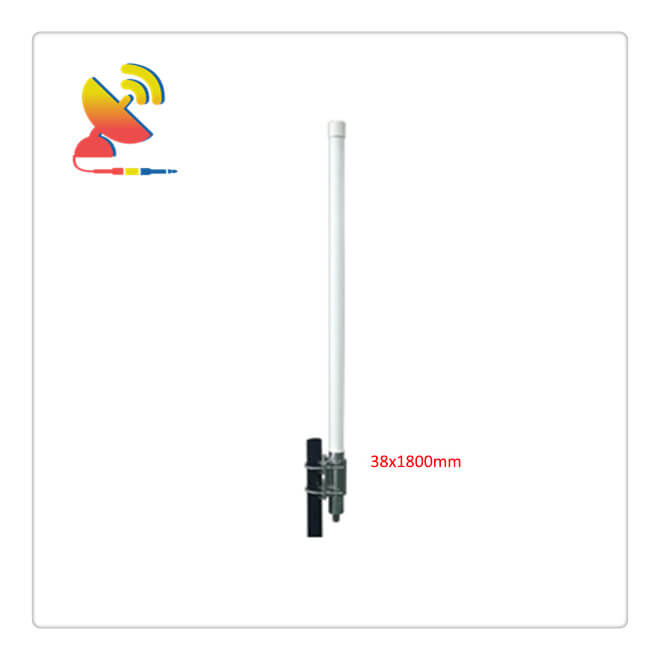
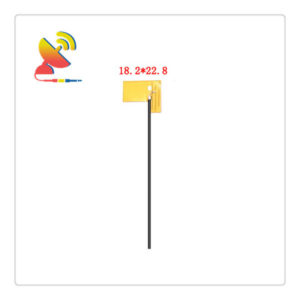
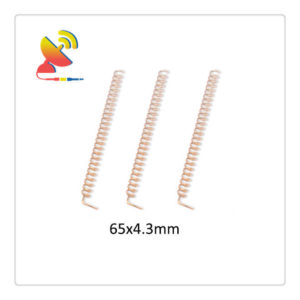
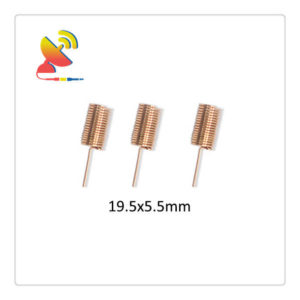
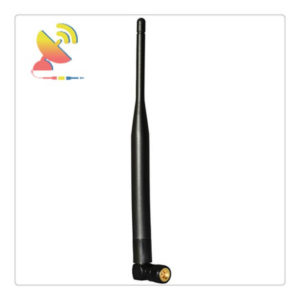
Reviews
There are no reviews yet.